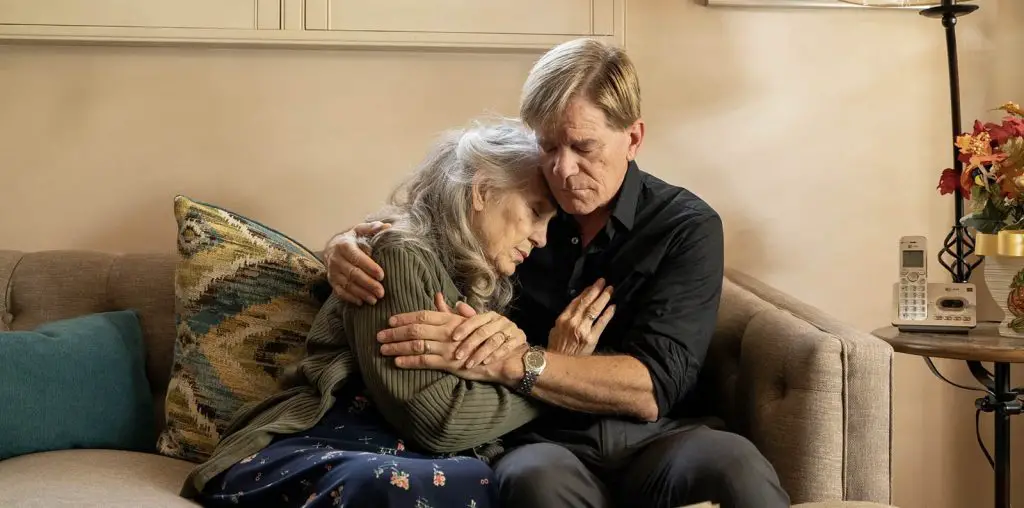
The extraordinary documentary “Algeria’s Bloody Years” brilliantly details the extended civil war which has virtually destroyed the North African republic since 1991, when the military-backed government abruptly cancelled a national election which was within the victorious grasp of an Islamic fundamentalist party. An estimated 200,000 Algerians have been killed in the conflict while the country has been plunged into a terminal state of chaos and economic ruin. Viewing this film in the context of modern Algerian history is a shock unto itself, but viewing it in the context of the occupation of Iraq makes its results all the more chilling.
After winning independence from France in 1962, Algeria was immediately controlled by a military elite who appointed civilian puppets in the roles of president and prime minister. The nation’s economy was always a mess, as experiments in nationalizing industry and allowing limited privatization resulted in debacle. Throughout this period, Islamic fundamentalists were gaining power among the poor and disenfranchised. Incredibly, the government made no attempt to curb their influence, which included sending young zealots to Afghanistan to train with an American ally who was fighting the Soviet occupation there (that ally, by the way, was one Osama bin Laden).
In October 1988, a labor strike followed by a student riot in the capital of Algiers brought out an uncommonly violent response from the Algerian army, who opened fire at unarmed protestors. Shamed by what occurred, the government opened Algeria to the long-denied basic tenets of democracy: a free press, the freedom to assembly, and free elections with a wide spectrum of political parties in participation.
To the government’s surprise, the leading fundamentalist group (the Islamic Salvation Front) formed a party and swept a wave of municipal elections in 1990. This party also won the first of a two-round general election. Yet the party’s attempts to instill fundamentalism in a secular country did not set well with the generals, who had no allegiance to the extremist Islamic philosophy.
When the military cancelled the second round, the Islamic Salvation Front’s leadership was jailed and remaining members went underground, creating a paramilitary terrorist faction called the Armed Islamic Group. This group initially targeted Algerian military and police, but then went on a rampage in rural villages and slaughtered anyone who was vocal against them or were even suspected of opposing them. The military went on its own rampage, rounding up hundreds of suspected terrorists (many of whom were nabbed simply for having beards) and were tortured and jailed without charges.
“Algeria’s Bloody Years” is a sadly appropriate title as it presents horrifying examples of carnage from all sides. Video footage of the result of an Armed Islamic Group rampage is especially gruesome, with a row of massacred children lined up in the dirt; many of the children’s faces are battered beyond recognition. No one was safe from the horror, even the army’s appointed President Mohammad Boudiaf, who was assassinated on live telelvision during a parliamentary session.
The film presents an even handed account of what went dreadfully wrong, with in-depth interviews of former generals, fundamentalist leaders, political activists, newspaper editors, and even ordinary people who bitterly but helplessly bemoan the tragedy and destruction around them. The blame game is wide and everyone involved here shares the guilt for the catastrophe.
In many ways, this film is the perfect post-script to the classic 1966 drama “The Battle of Algiers” (now in restored re-release), which showed how the united Algerian people successfully expelled the French colonial occupation from their country. That story did not end happily ever after, it seems.
The movie also needs to be seen in comparison with the news out of Iraq, where dreams of installing democracy in the face of an Islamic fundamentalist tide are also playing out with brutal results. Ironically, successive American governments paid precious little attention to the events in Algeria since 1991; the current White House occupants openly support the military dictatorship and have made no attempt to insist on the resumption of the democratic process in Algeria. One cannot come away from the film without shuddering in horror that Algeria’s nightmare could easily become a prelude for Iraq’s future. And that makes “Algeria’s Bloody Years” scarier than any Hollywood monster movie could ever aspire to become.
